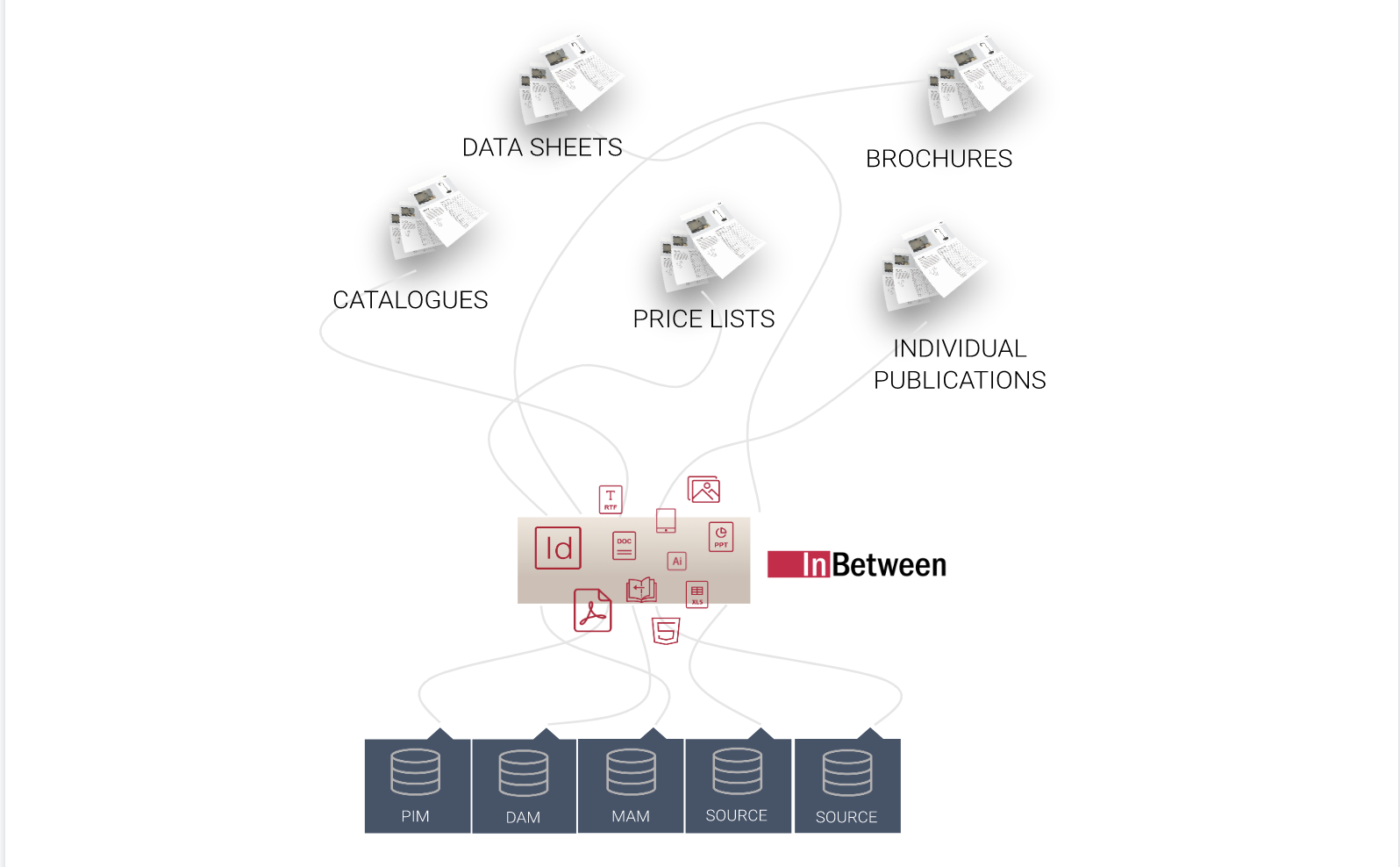Product information can be scattered and siloed. By utilizing a PIM, organizations can centralize and optimize their data, and test its quality against digital publishing.

Keywords
One of the starting points when starting a PIM project is to successfully define a product: what are its features? What makes it different, unique, and recognizable? Quite often, there are some obvious ideas which come first, like a name, a picture, a description. Sure, that’s the basics of pretty much any product.
But what happens when you start looking at more technical products, how they should be used, in different conditions. Products with variations. Products which inherit features depending on where they are produced or what certifications they might have. A complete and well-defined product can be a lot more complex than what one would originally imagine.
Products which are sold to different end targets (B2B vs B2C for example), via different channels (web vs. print vs. social), on different markets (like entering new countries) will require different levels of information and sometimes, variations of one same original information.
This is where the strength of a PIM comes in. The ability to manage such subtle differences, layers of information, channels, makes all the difference when compared to a basic database solution such as Microsoft Excel.
Often when a company implements a PIM solution, it actually has a lot of product information. The reasons that lead a company to choosing a PIM is often related to a data issue. The information is somewhere, maybe spread across various tools. We quite frequently see companies that have many channels of product data: maybe their website, perhaps data sheets…
Anomalies on these channels, such as product information errors or manual, tedious updating are telling signs that a company might be better off with a PIM solution.
In fact, any company which produces product data sheets has a great starting point for PIM implementation. Looking into how these product sheets are produced, where the information is stored, and who has the knowledge is a valuable exercise when considering setting up a PIM solution.
If you look at it the other way, a great way of testing your PIM setup is to leverage digital publishing and generate a product sheet based on your product information.
“Am I able to create a print-style document out of the information I have, and the product features I’ve identified?”
If the answer is yes, you’ve probably done good work. If it proves difficult, then perhaps there is data missing or data that isn’t structured in the best way for use on multiple channels.
Setting up a PIM solution should always be done with applications in mind. It can be a little mind-boggling when a product has many features, or complex uses. But it is good to have some key questions in mind all the time:
These questions cannot be answered just by using a PIM of course (even though the Akeneo team provides a lot of best practices) but using PIM-to-publishing tools is a great way of testing your product information, to make sure it is set-up in a way that can translate into an actual deliverable for the end consumers of the product data.

A typically efficient exercise involving a few steps could be:
1. Work with your customers on what data they need and how they want to reach it. Acquire feedback, understand pain points.
2. Design the “perfect” product data sheet, based on the feedback collected.
3. Generate a data sheet based on you current PIM structure using a digital publishing solution
4. Compare with the “perfect” version and establish where there might be limitations coming from the PIM
5. Adjust the PIM content and/or structure and reiterate steps 3-4-5
This simple cycle is a simple, cost effective, and agile way of testing your PIM and making sure it is efficiently set up for your use cases.
Generally, if you can generate print type documents, which can be very comprehensive, then your PIM is going in the right direction for other applications too, such as connecting to other data systems, websites via API, etc.
This type of proof of concept is highly recommended before starting to fill the PIM with product information on a large scale. A little time spent at the start can save huge amounts of time further down the line.
If you decide not to spend this time working on a simple POC, you could fall victim to one of the most common traps of data management, often referred to simply as “Shit in, shit out”. Meaning if you fill a PIM with poor information or try to fit product information into a PIM solution which isn’t correctly structured or set up, then any output coming from the PIM will be ultimately poor, and in some cases, completely useless.
If you have the data, the sky is the limit! Producing very complex print documents can be done using digital publishing solutions. A product data sheet is a great first step, but one can go a lot further, like generating complete catalogues from PIM data.
For multi-page documents, such as brochures and catalogues, production and approval times can be very long. No customers want to receive the “latest catalogue” with all the new products missing.
To make sure the document is up-to-date and produced in a reasonable timeframe, PIM to print solutions are the only way forward.
What you should remember when considering your PIM project:
Curious about how a perfected PIM can be seamlessly integrated into YOUR workflow? Take a few moments and click here to watch a video talk about collaboration and agility with Akeneo PIM, showcased by our customer SWISS KRONO GROUP, Unic as the system integrator and InBetween Deutschland as their print partner.

Discover what makes Akeneo more than just a workplace. From fostering a culture of care and work-life balance to providing opportunities for growth...
Read more
2024 has been a year to remember for Akeneo. For the third day of PXMas, we’re sharing the stories behind just a few of the prestigious awards...
Read more
The traditional methods that brands and retailers have been using to win customer's attention on the physical shelf for decades won't always...
Read more